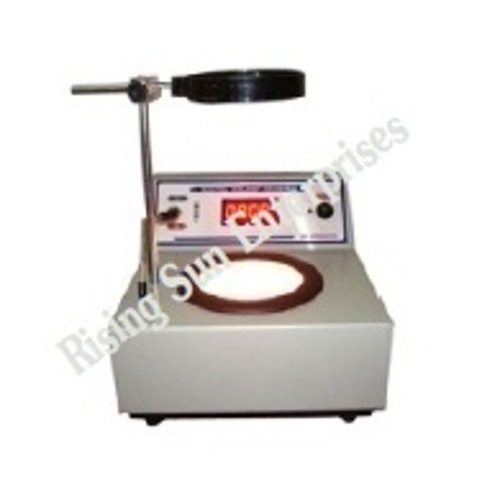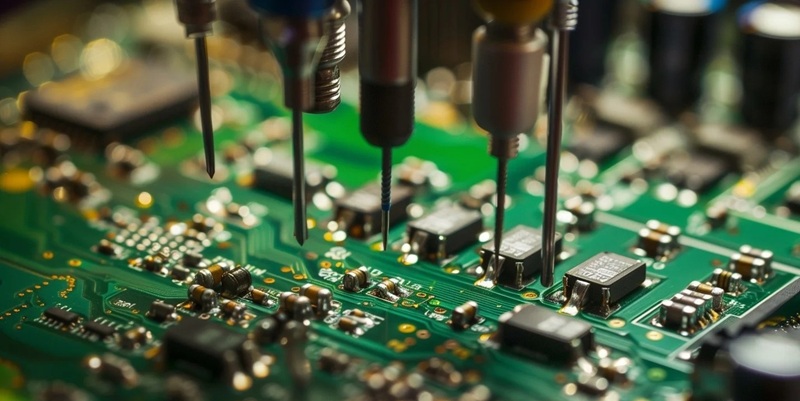Schedule a Call Back
There is increasing demand for robotised warehouses
 Interviews
Interviews- Jul 01,18

Related Stories

Addverb opens second software development centre in Noida
The software development centre (SDC) will help Addverb to deliver value-added software for warehouse robotics and material handling solutions. The SDC comes on the heels of another SDC that was ina..
Read more
There is increasing demand for robotised warehouses
Warehouses across the world, including India, had remained technologically starved for decades. However, in the past few years, the booming e-commerce sector has accelerated adoption of advanced rob..
Read moreRelated Products

Digital Colony Counter
Rising Sun Enterprises supplies digital colony counter.
Robotic Welding SPM
Primo Automation Systems Pvt. Ltd. manufactures, supplies and exports robotic welding SPM.

Heat Exchanger Scale Removal Compound -hesr-300
Hi There!
Now get regular updates from IPF Magazine on WhatsApp!
Click on link below, message us with a simple hi, and SAVE our number
You will have subscribed to our Industrial News on Whatsapp! Enjoy

















